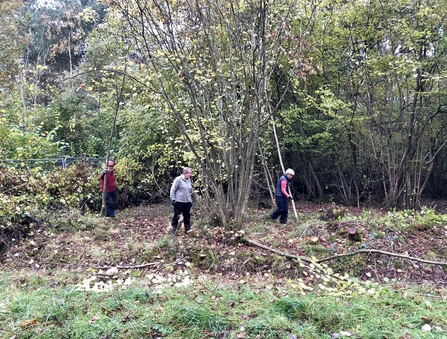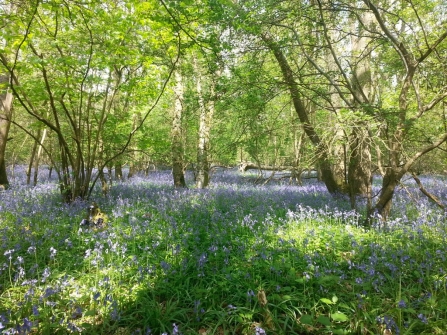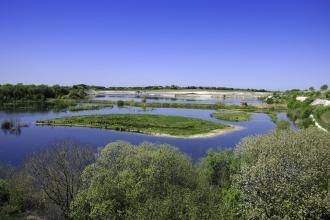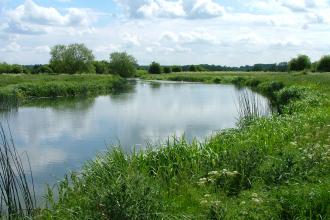November and the days are becoming colder and darker. The pull to stay tucked up indoors is becoming greater. The woodland workers, however, are still coming out in their numbers, spirited and sparky. They love the winter work of chopping down trees and shrubs, it is difficult for them to contain their excitement at times.
Without management, Finemere Wood would become a dark and gloomy place. It would eventually become dominated by large, mature trees. There would be no variety in the size and structure of vegetation, resulting in less biodiversity. The back of the wood is left to its own devices, but the rest of the wood is actively managed to ensure a diverse range of habitats is available for all wild things.





